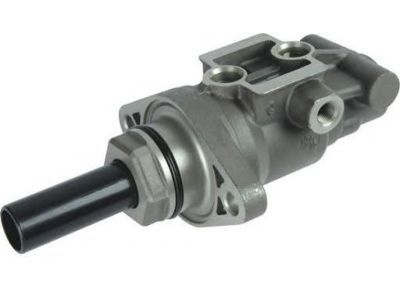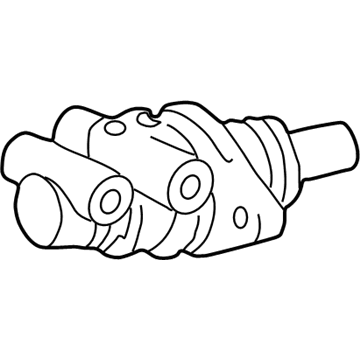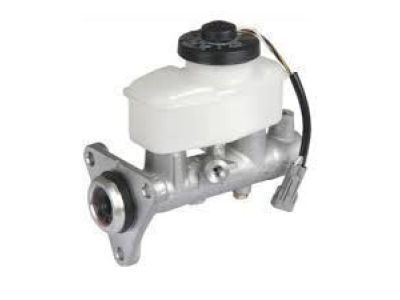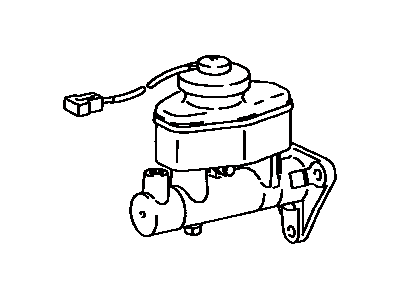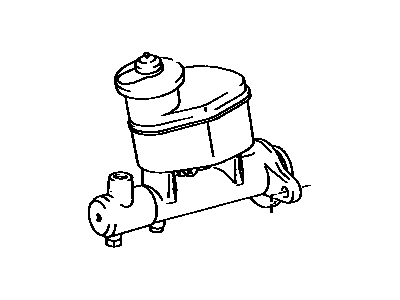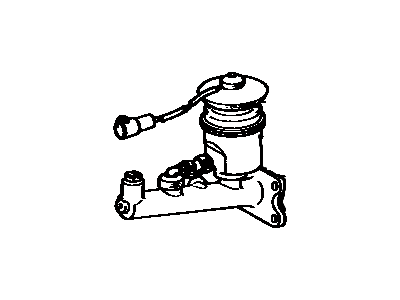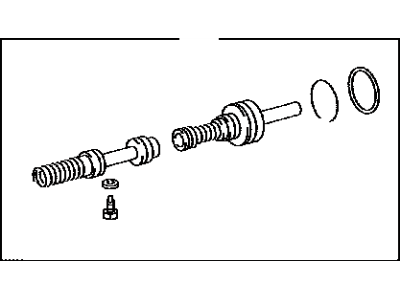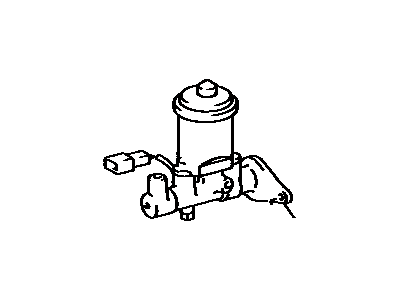×
ToyotaParts- Hello
- Login or Register
- Quick Links
- Live Chat
- Track Order
- Parts Availability
- RMA
- Help Center
- Contact Us
- Shop for
- Toyota Parts
- Scion Parts
My Garage
My Account
Cart
OEM Toyota Celica Brake Master Cylinder
- Select Vehicle by Model
- Select Vehicle by VIN
Select Vehicle by Model
orMake
Model
Year
Select Vehicle by VIN
For the most accurate results, select vehicle by your VIN (Vehicle Identification Number).
15 Brake Master Cylinders found

Toyota Celica Master Cylinder
Part Number: 47207-20141$220.17 MSRP: $314.36You Save: $94.19 (30%)Ships in 1-3 Business Days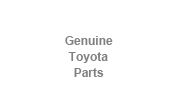
Toyota Celica Brake Master Cylinder
Choose genuine Brake Master Cylinder that pass strict quality control tests. You can trust the top quality and lasting durability. Shopping for OEM Brake Master Cylinder for your Toyota Celica? Our website is your one-stop destination. We stock an extensive selection of genuine Toyota Celica parts. The price is affordable so you can save more. It only takes minutes to browse and find the exact fit. Easily add to cart and check out fast. Our hassle-free return policy will keep you stress-free. We process orders quickly for swift delivery. Your parts will arrive faster, so you can get back on the road sooner.
Toyota Celica Brake Master Cylinder Parts and Q&A
- Q: How to service and repair the Brake Master Cylinder on Toyota Celica?A:The first step to repair or service the Brake Master Cylinder requires removing the battery while disconnecting the level warning switch connector. A syringe removes fluid from the system as long as brake fluid stays away from painted components. The procedure for manual transmission requires disconnecting the reservoir hose followed by Brake Line removal. Special Service Tool 09023-00100 serves to remove five brake lines and a 3-way union using a torque setting of 15 Nm (155 kgf-cm, 11 ft. lbs.). Vehicles with ABS need exclusive line removal at the same torque. Start by removing the master cylinder once you have detached its 2 mounting nuts with 13 Nm (130 kgf-cm, 9 ft. lbs.) torque; on ABS-free vehicles pull out the check valve bracket and 3-way and master cylinder but on ABS-equipped vehicles only remove the check valve bracket and master cylinder and take off the master cylinder gasket. Begin by pulling the stopper from the reservoir while making sure the installation will succeed by guiding the stopper through the reservoir holes as well as the master cylinder groove. After that remove the reservoir together with the 2 grommets and then remove the cap and strainer from the reservoir. The installation process follows the opposite sequence of removal steps while adjusting the brake booster push rod length and performing brake fluid filling of the reservoir followed by brake system bleeding then leak testing before executing a brake pedal examination and adjustment.
